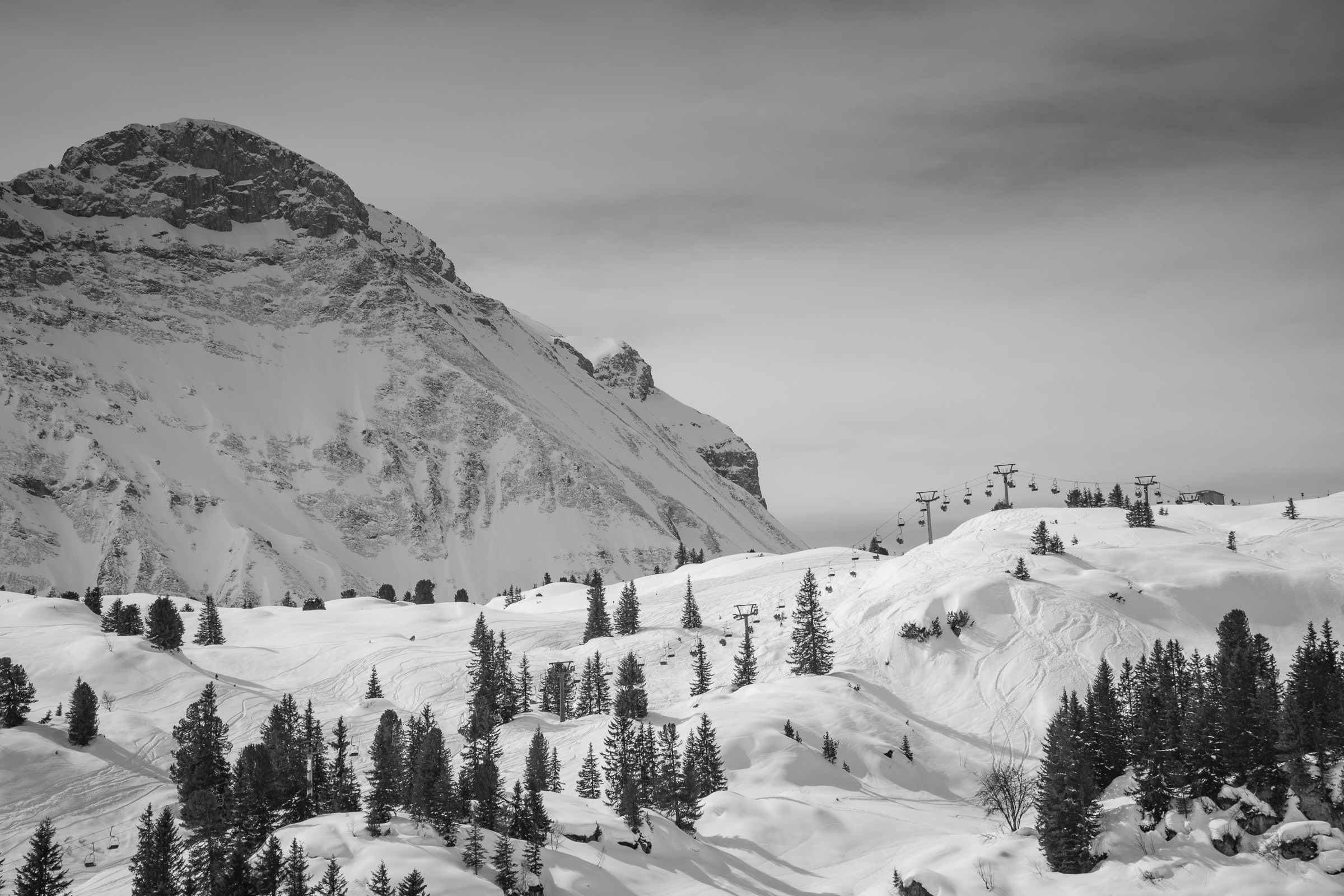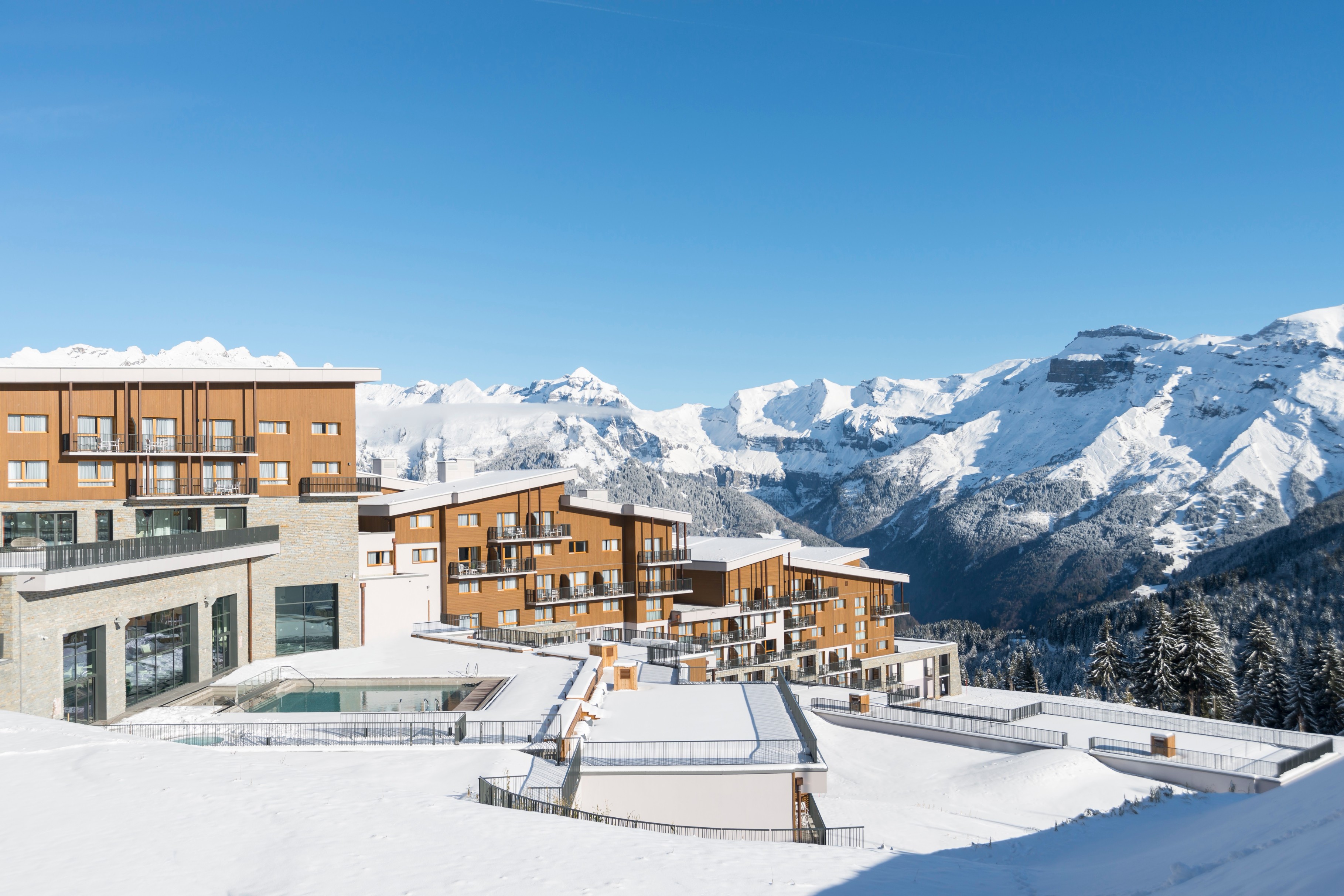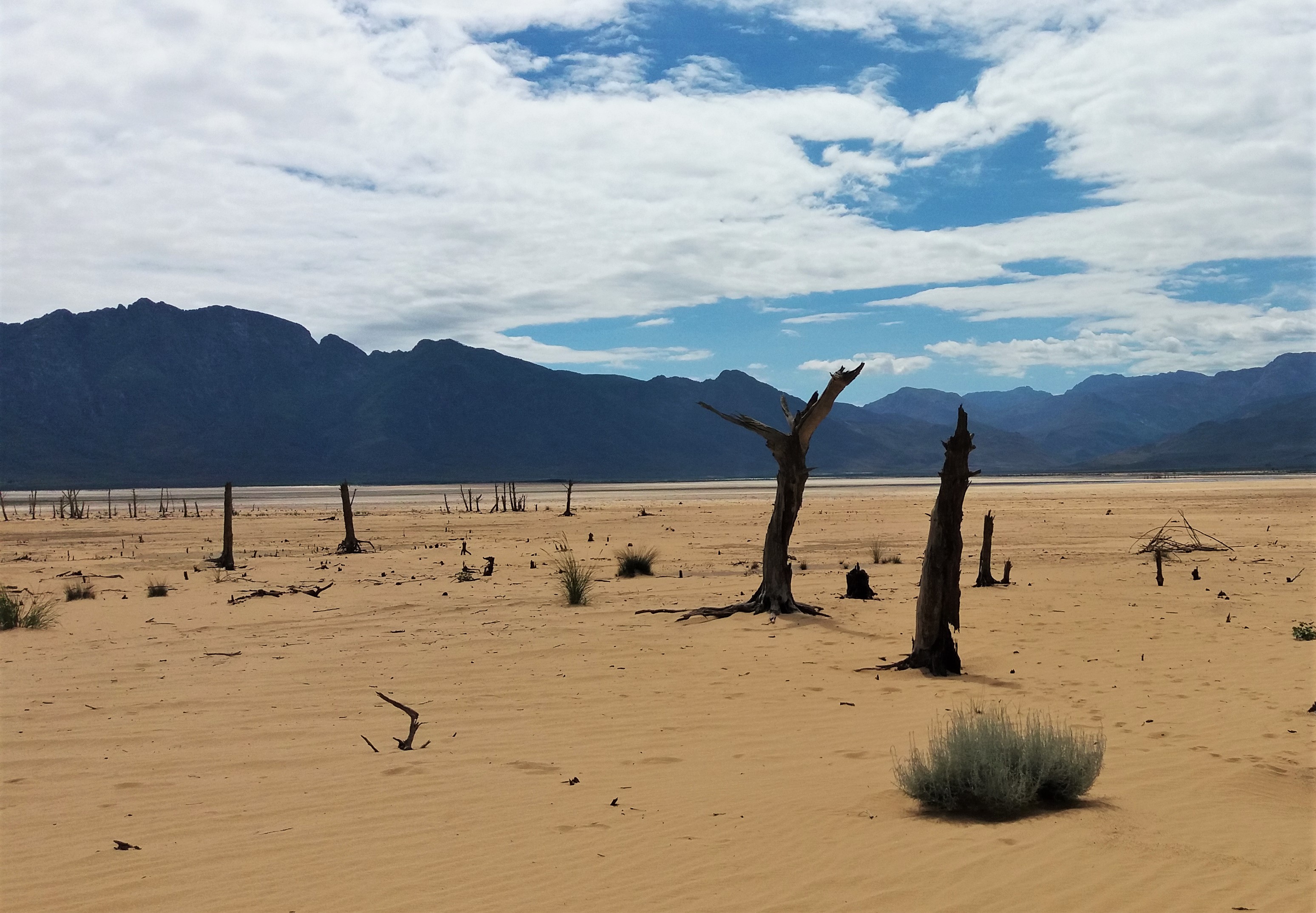Is Skiing Sustainable in a Warming World?
Dreaming of white slopes.

You and your friends wake up early to pack the car and beat the traffic. You wind through mountain passes and park at the base of the hill just as the sun crests over a nearby peak. You race across the parking lot to catch the first chair of the day. But there’s one problem: this one-time winter wonderland is barren of snow. That’s the reality we’re barrelling toward as climate change wreaks havoc on nearly every aspect of modern life.
The effects of climate change on downhill skiing garner fewer headlines than drought, wildfires, famine, and climate migration—but are winter sports a canary in the coal mine, and is their long-term inability to survive a harbinger of the massive lifestyle changes we will all need to adopt in a warming world?

Mario Molina, executive director of environmental nonprofit Protect Our Winters, believes so. The small but scrappy organization better known as POW uses winter sports as a vehicle to drive systemic change and engage the “Outdoor State”—a loose affiliation of outdoor enthusiasts who might otherwise sit on the political sidelines.
“I think we have a short window of time to take significant enough action to maintain the viability of snow sports,” Molina says. “There will be more variability in terms of the timing and geography of where we see snowfall. If we act now, we can at least preserve that.”

POW Delegation at the Capitol: Left to right, Matt Lieto (triathlete), Sarah Sturm (cyclist), Ben Gubits (POW), Mike King (skier), Jeremy Jones (snowboarder), and Graham Zimmerman (alpinist). Photo Credit: Elyse Cosgrove / Torch Pictures.
Molina’s assessment agrees with most scientific projections on the future of winter sports. A landmark study from the National Snow and Ice Data Center (NSIDC) in Colorado says skiers can expect shorter seasons, worse snow conditions, and entire regions losing their ski industries . According to Brian McInerney, a hydrologist with the National Weather Service Forecast Office, the snow-to-rain precipitation ratio has continuously skewed toward rain since measurements began in 1949.“We anticipate that situation to evolve to 2100 where we’ll just have rainfall,” he says.
Researchers at Yale University predict that virtually every winter sport will become less tenable as temperatures rise. Everything from ice hockey to ice fishin, and the Iditarod is at risk. The 2022 Winter Olympics in Beijing were the first to use almost completely artificial snow, proving that these are not problems from a distant future but rather a climate reality that requires real-time adaptation.
Even if you’re not a skier or boarder, a total loss of the winter sports industry would be devastating economically. POW’s 2018 report, “The Economic Contributions of Winter Sports in a Changing Climate, found that the United States’ 23 million participants in winter sports contribute $12.2 billion to the economy annually.”
But changes in snowfall have far-reaching repercussions on economic activity. The winters that POW designated “bad snow years” averaged a loss of $1 billion, 17,400 jobs, and 5.5 million skier visits.

Barren slopes at the 2022 Winter Olympics.
Many resort companies, like Alterra Mountain Company, are attempting to mitigate climate change by investing in solar projects, banning single-use plastics, and planting trees. Others are focusing their efforts on both mitigation and adaptation.
Vail Resorts pledged to reach net zero emissions by 2030 and invest $25 million to make its operations greener. At the same time, the company is diversifying its portfolio to include warm-weather amenities like golf courses, water slides, and mountain bike trails. To POW’s Molina, an emphasis on adaptation fundamentally miscalculates the seriousness of our climate plight.
“The reality is that if we get to a point where most ski resorts are not able to operate during the winter season, the ability to have skiing or not will be far down our priority list,” Molina says. “Because at that point, the impact of global warming is so drastic and dire that it has affected everything from our water supply to food supplies to infrastructure resiliency and immigration.”
If the world reaches 4°C above preindustrial averages, scientists warn that the areas available for skiing would be reduced by 87 per cent. But at only 3°C of warming, researchers predict widespread heat waves, droughts, and mass extinctions. If these predictions come to pass, downhill skiing will be a distant memory from a gentler time.
Fortunately, the fight is far from over. Our collective action in the coming decades will determine the trajectory of the Earth’s climate for millennia. It’s still technically possible to meet the IPCC’s stated goal of 1.5°C of warming, which would result in a healthier, more sustainable planet.

To meet this ambitious target, climate activists around the globe are rallying, fighting to prevent each additional gram of greenhouse gases from entering the atmosphere. Molina hopes the Outdoor State can step up and join the fight.
“The most powerful tool that we have as citizens or corporations to drive change is to show up, to speak out, and to vote—basically to participate in the democratic process and be politically engaged. And while it’s important to live examined lives and for corporations to live their values, personal responsibility, personal carbon footprint, and even corporate operations training is not going to be enough,” he says. “We need the power of civil society to drive and sustain a large-scale systemic shift in the way we source, distribute, and consume energy.”




